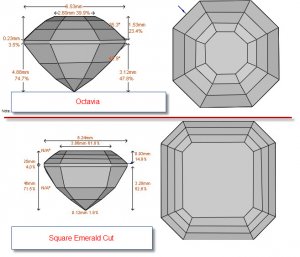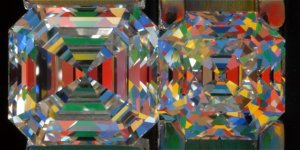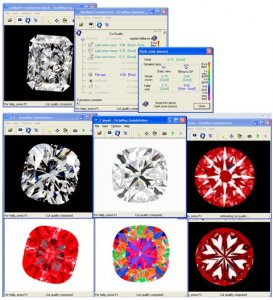Stephan
Ideal_Rock
- Joined
- Feb 13, 2003
- Messages
- 2,917
Without the word ''generally'', the statement would be false.Date: 3/26/2010 9:33:06 AM
Author: Karl_K
The above statement is not true.Date: 3/26/2010 9:04:19 AM
Author: oldminer
No doubt many fine looking fancy shapes have deeper total depth percentages than in the AGA charts and look excellent, but they generally look smaller than alternative choices which weigh the same and may look larger for the same money.
In step cuts depth is not proportional to spread.
It is also true in many fancies.










300x240.png)